Nonverbal Expression Of The Eyes – Review Of Yudh On Sony Channel
Sony channel’s recently commenced teleserial Yudh, starring the ever resonant Amitabh Bachchan, uses an effective play of eyes to add drama non verbally. I will go through the opening episode to analyze a few of those instances where the focus has been kept on the eyes of the actors to communicate the message.
The scene played out between the Commissioner, the builder Dharmendra Mallik and his son Anuj shows the commissioner dart his eyes back and forth to use them for pointing, rather than conventionally with hands. In this scene, the commissioner is trying to ignore the threatening question posed by Anuj, regarding the intention of the protagonist, Yudhistir. Shut eyes can be used to signal blocking out information or denial of the ongoing conversation. Shut eyes act as pseudo barriers, when a person is defensive.
This is a threatening look given effectively by raised eyebrows and steady eye gaze. The commissioner is asking the Dharmendra to be careful of what his son is saying.
We often look at or towards the object being referenced in our conversation, as Yudhistir is doing in this pose where he is on the phone with the commissioner voicing his concern about a weak bridge. Yushistir keeps looking at the bridge as long as he talks about it.
Anuj is seen looking away from the person he is talking to, the commissioner, because he does not agree with what the commissioner is saying. Shifting eye contact away from the person onto another object for a long time, without accompanying expressions, can signal lack of interest or denial of ongoing point in the conversation.
In this scene of the Teleserial, Mona uses downward-looking eyes to show submissiveness before her boss.
Lack of eye contact is shown normally in a submissive state or when, in a cultural context, looking at the other person is deemed rude. Here, the director is using lack of eye contact to establish dominance of the character, as if he does not care what the other person is saying. The commissioner also uses this same expression to make a sly suggestion to the builder. The situation changes pretty quickly, where the commissioner breaks eye contact and looks down once more, this time in a slightly submissive frame of mind, because he was the one being rightly accused of taking bribe.
Here again Yudhistir, with downward looking eyes, effectively meaning lack of eye contact, is depicting denial of view being presented by his right hand man, Anand.
This is a typical power gaze, which involves looking into the other person ‘s eyes with intensity but without any other expression. The head is held still without any movement. The power gaze is held typically for 3-5 seconds to convey a message of power and authority. The power gaze is effective even when words are absent. Mona here is the media relations in-charge for Yudhistir and is asserting her power to Yudhistir’s competitors while asking them to follow her directions.
A power gaze once again used effectively by Yudhistir to keep Mona from conversing with Anand via phone messages right in front of him. A look of upward looking steady eyes was all it took to convey his dislike for her action.
We squint our eyes instinctively when there is too much sunlight entering the eyes. Squinted eyes also suggest a pleading action, which is what Anand is doing here by asking Yudhistir to send his son abroad.
We often observe celebrities using sunglasses in public to avoid eye contact. Politicians may use sunglasses to refrain media from reading their eyes. Here it is being used to create a barrier between Anuj and Mona and establish that Anuj will not be threatened by Mona’s power gazing tactics.
A Teleserial on Indian silver screen have been seen highlighting non verbal signals as a means of effective communication. Let us hope our directors start paying more attention to these details and make entertainment more meaningful than it is presently.
Written by,
Khyati Bhatt





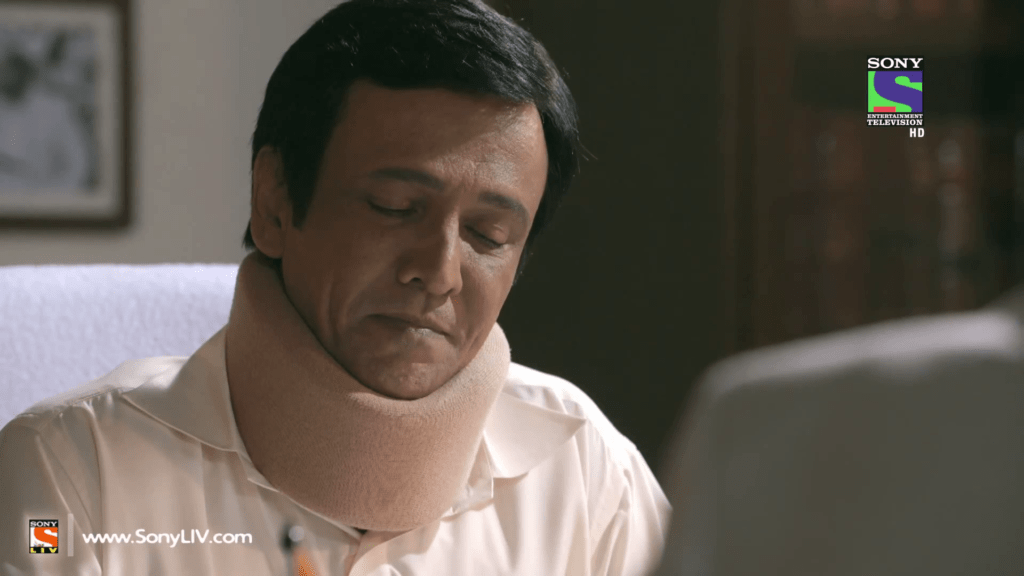

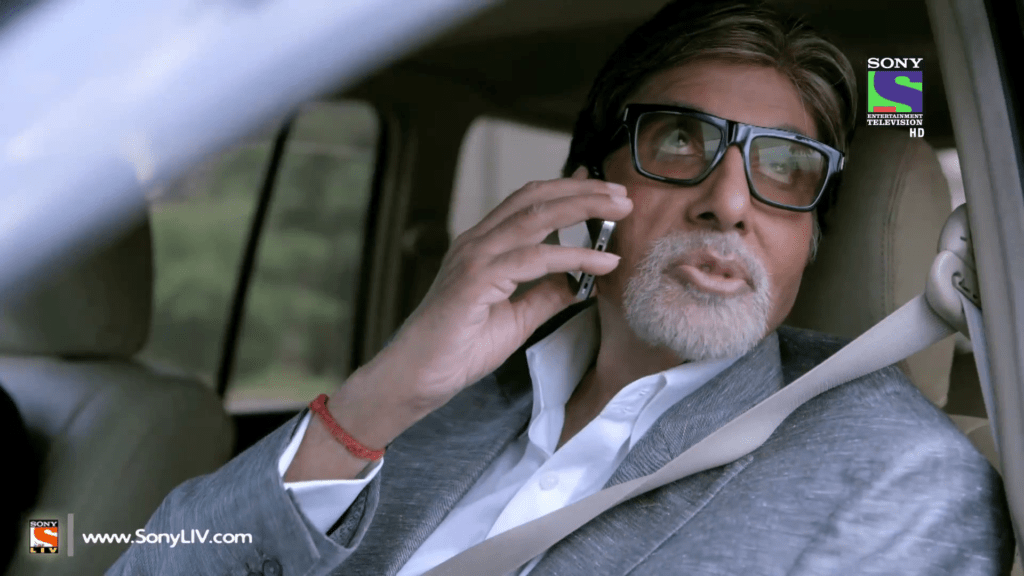

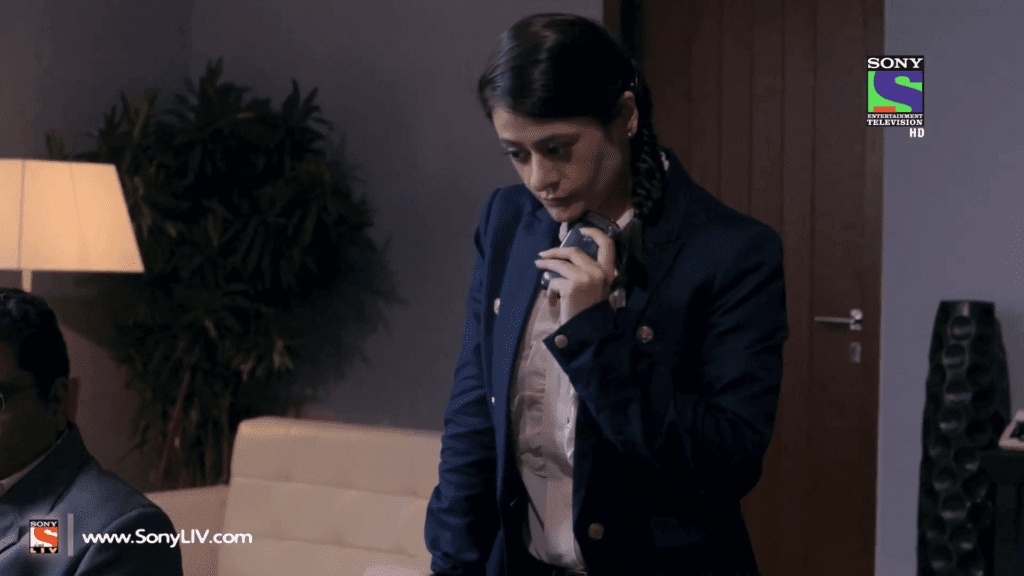
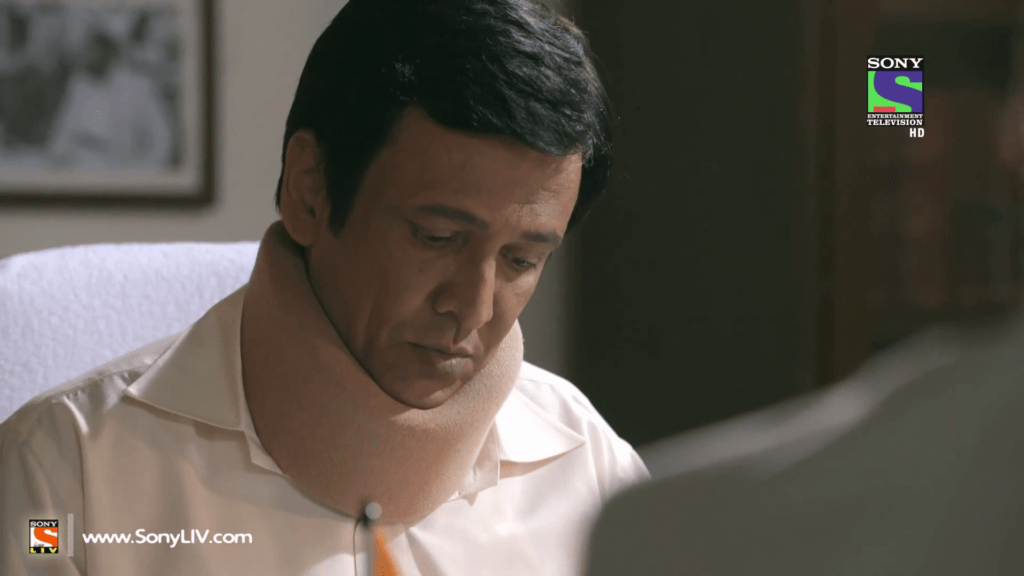





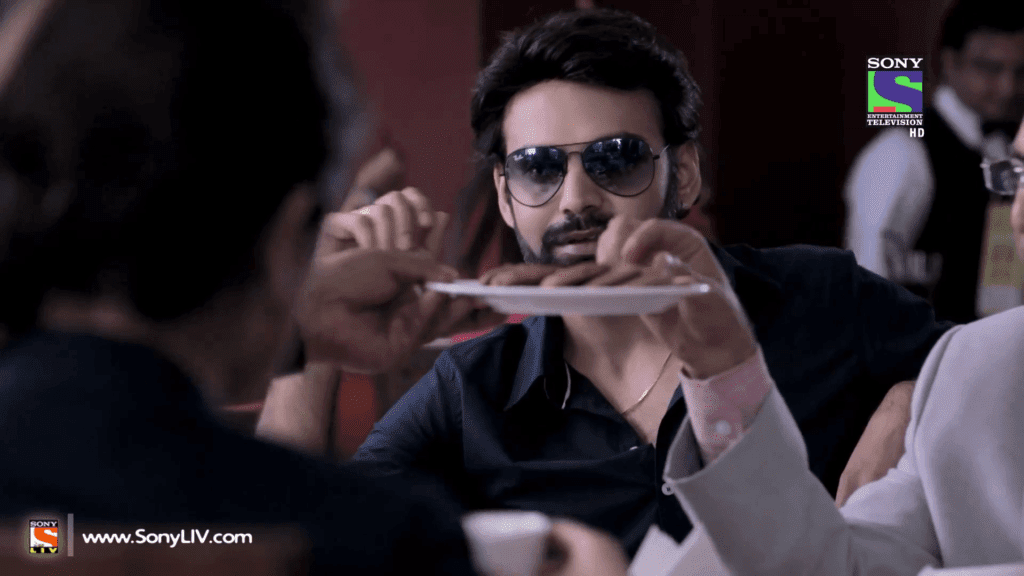






Nice commentary! It seems that director of Yuddh has worked a lot on eye contacts of all leading actors.